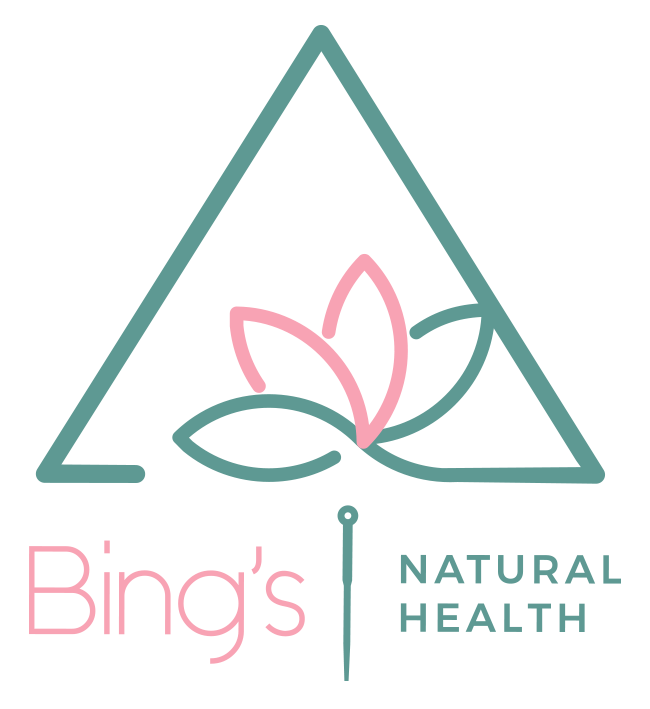Is period pain normal?
Period pain is suffered by 80% of women during their reproductive years
Period pain is not normal, but unfortunately it is common. Lasting for 1-3 days on average, starts just before the period arrives and can last for a couple days during your period. Period pain is experienced at least once by 80% of women during their reproductive years. The pain can vary in intensity from an annoying throb to a sharp, stabbing debilitating pain. The pain commonly occurs in the lower abdominal or lower back area and may travel down the legs.
Many other symptoms can accompany period pain. These can include mood swings, headaches, fatigue, dizziness, vomiting, nausea, bloating, fainting, acne, toothache, insomnia, joint pain, diarrhoea or constipation.
What causes period cramping? What causes period pain?
The monthly period occurs when the endometrial lining is expelled. This process is accompanied by uterus contractions to help expel the lining. The uterus contractions are what causes the menstrual cramping experienced. The contractions are signalled by prostaglandins (which are also involved in pain and inflammation). Period pain occurs when higher levels of prostaglandins are present.
In Traditional Chinese Medicine, the female reproductive system involves the spleen, the liver and the kidney energy channels. So the symptoms of period pain will vary depending on how many of these channels are disrupted and what the disruptions are. For example the energy flows could be disrupted by either a Xu (deficiency) pattern, a Shi (excess) pattern or a Qi stagnation pattern.
Strategies for managing period pain
Some strategies for managing period pain:
placing a hot water bottle or heat pack on your lower belly (or lower back)
lying down and resting with some support under your knees
gentle stretches like a cat-cow pose, or a gentle spinal twist
lying on your back with the soles of your feet together; you may needs some support under your knees (like a yoga bolster or two pillows)
raspberry leaf tea may be helpful to ease painful uterine contractions; a maximum of 4 cups a day may help to manage menstrual cramps during your period
Changes to the diet may be helpful:
adding foods that can be helpful for your specific body type (as advised by your registered acupuncturist and chinese herbalist)
avoiding ice-cream and cold raw foods in the days leading up to and while having your period
having warm meals and soups
Lifestyle changes may be required to reduce stress, including moderate exercise during specific parts of your cycle.
Acupuncture and Chinese medicine for period pain
Acupuncture, moxa and heat lamp are helpful for relieving symptoms of period pain and period cramping by:
improving circulation
signalling the body to release the body’s own natural opiods for pain relief
signalling the body to release the body’s natural pain-relieving anti-inflammatory substances
Chinese herbs may be able to assist in managment of pain, stress and fatigue related to autoimmune disorders and endometriosis. They may be helpful in regulating your cycle, managing PMS and help to even out mood swings.
If period pain is interfering with your daily life, causing you to miss days of school or work regularly, and is not reduced with over the counter pain medications, please seek further investigations with your GP (they may refer you to a specialist). Your level of pain is not normal; it is severe. You may have endometriosis, polycystic ovarian syndrome (PCOS), or another issue that is contributing to the severe pain you’re experiencing. Your registered acupuncturist can help provide you with some pain relief while further investigations are pursued.

